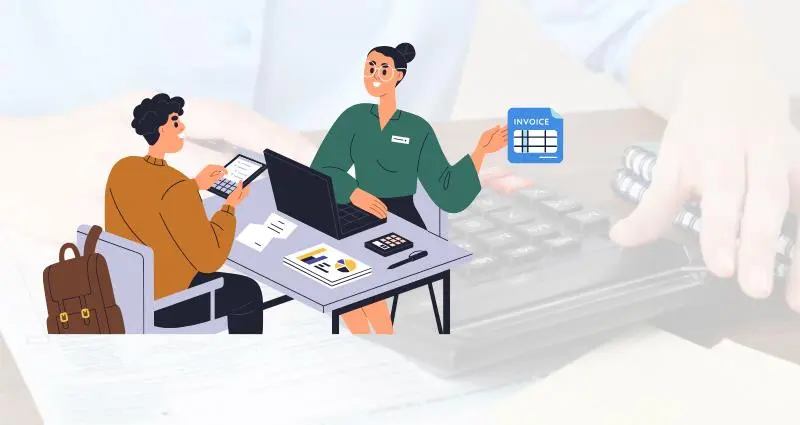How to Master Invoicing as a Consultant (Without Losing Your Sanity)
Let’s be honest—most consultants love the work, but dread the paperwork.
Crafting proposals? Exciting. Closing a deal? Thrilling. But when it comes to invoicing—ugh,
it often feels like a confusing mix of templates, tax jargon, and late payments.
Here’s the thing: invoicing isn’t just about getting paid—it’s about looking professional,
building trust, and staying compliant with tax rules. The good news? With the right structure,
you can turn invoicing into a smooth, almost automated process.
1. Pick the Right Template (And Stick With It)
Don’t reinvent the wheel each time you send an invoice. Use a standard template that includes:
- Your logo & business details
- Client’s name & project details
- Clear breakdown of services & hours
- Payment due date and terms
Pro tip: Tools like FreshBooks, Zoho Invoice, or Google Docs
offer professional templates. Once set, reuse it consistently.
2. Make Your Invoices Crystal Clear
Clients hate guessing what they’re being billed for. Keep it transparent by:
- Listing services separately
- Avoiding vague terms like “consulting work”
- Adding tax (if applicable) clearly at the bottom
Think of your invoice as a receipt plus explanation—it should answer questions before they arise.
3. Automate Reminders (Because Nobody Likes Chasing Money)
Instead of manually following up, let tech do the work:
- Use invoice software that sends automatic reminders.
- Add late fee terms (e.g., “2% late fee after 15 days”).
- Set up recurring invoices for long-term clients.
Automation = fewer awkward money conversations, more focus on your consulting.
4. Know the Tax Rules (So You Don’t Get Surprised Later)
Consultants often overlook this until tax season bites back. Keep in mind:
- GST/VAT: Register if your income crosses the threshold.
- Income Tax: Keep invoices for proper record-keeping.
- Deductibles: Travel, software, and coworking expenses may reduce your taxable income.
Pro tip: Always number your invoices sequentially—it’s not just neat, it’s often legally required.
5. Create a “Get Paid Faster” Routine
Here’s a simple checklist that works:
- Send invoices immediately after project completion.
- Offer multiple payment options (PayPal, Bank Transfer, Stripe).
- Keep payment terms short (7–14 days instead of 30).
Conclusion
Invoicing doesn’t have to be a headache—it’s about consistency, clarity, and compliance.
With the right template, automation tools, and tax awareness,
you’ll spend less time chasing payments and more time doing what you love: consulting.
So here’s my question to you—
👉 What’s your biggest invoicing struggle: creating invoices, following up with clients, or handling taxes?

